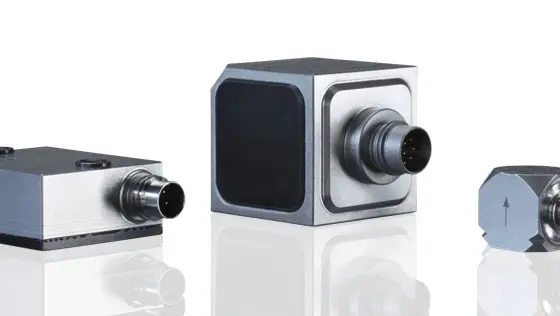What is flutter?
Flutter test is an important load test during the test phase of each new aircraft. This type of testing is first performed as a ground vibration test (GVT) and, for subsequent validation, in flight as a flight vibration test (FVT). Flutter testing provides proof of structural strength and stability against fluttering of the aircraft and is an important prerequisite for its certified airworthiness and registration.
What role does flutter play during the verification of the safety of an aircraft?
The objective of flutter test is to determine the structural behavior of an aircraft under aerodynamic loads or to validate according to the prior calculations for flutter. Flutter is a self-excited vibration of the wing of an aircraft around which air is flowing. It is caused by an interplay of aerodynamics and elastic forces as well as by inertial forces. Flutter can result in damages to the structure, possibly even leading to a crash. Because flutter always occurs above a certain velocity, this limit velocity serves to determine the safe operating range.
What measures does flutter necessitate?
The critical velocities at which an aircraft tends to flutter must be ascertained prior to the first flight. The following are performed in sequence:
- Calculation of flutter on the basis of specially developed computer models for aircraft structure and aerodynamics
- Examination of the models in the ground vibration test (GVT)
- Examination of the models for flutter in flight (FVT, flight vibration test)
What purpose does the data collected during the ground vibration test serve?
The data collected during the ground vibration test forms the basis for the:
- Flutter analysis
- Inspection/improvement of the mathematical computer model for the aerodynamics
- Reliable information about the structural behavior in flight
How is the data for determining the aeroelastic stability collected in the flutter test?
For the test, the aircraft is equipped with hundreds of accelerometers. The alternating forces are initiated with numerous electrodynamic shakers (actuators) to cause the aircraft to vibrate. The accelerometers measure the dynamic behavior of the structure. To simulate various load conditions that can occur in different flight situations, numerous defined test setups are tested.
How is flutter tested in the flight test?
The tendency of an aircraft to flutter must be tested in flight. During the flight test, the test pilot must try to initiate flutter. To do so, the pilot gradually approaches the speed range at which flutter is expected to occur. Following the test, the aircraft is precisely examined for damages.

![Vibration testing [object Object]](https://kistler.cdn.celum.cloud/SAPCommerce_CMSTeaser_560x375/vibration-testing-16599.webp)
